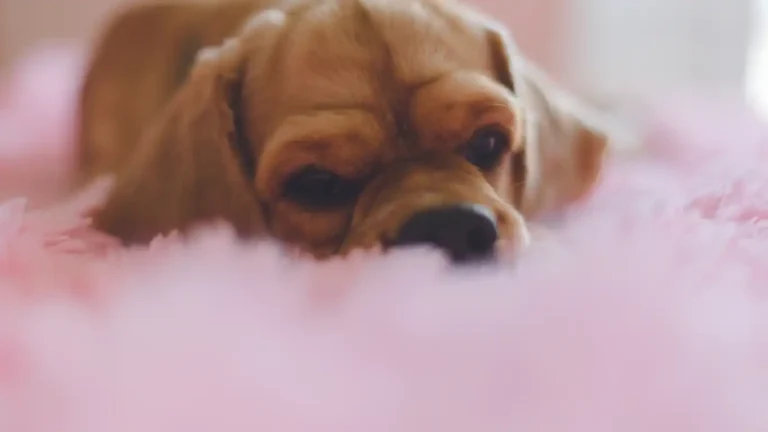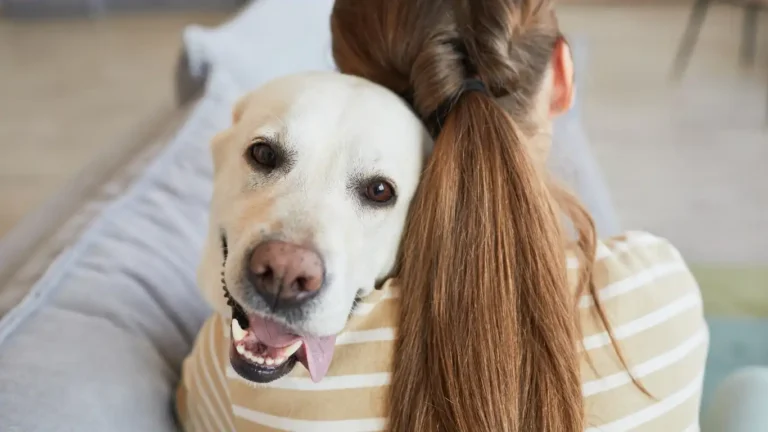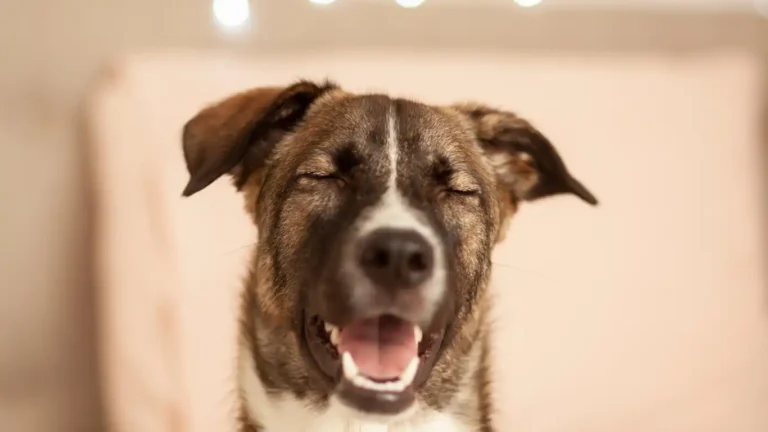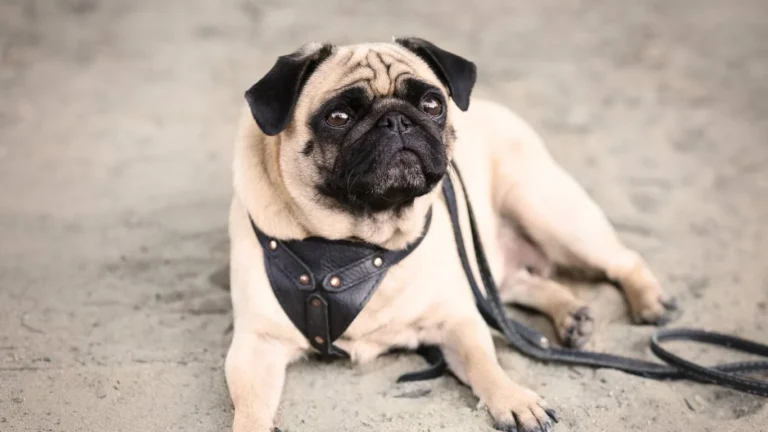Best Ways to Get Rid of Dog Urine Smell in the House Naturally and Effectively
As a Veterinary Technician specializing in nutrition, I can tell you that dealing with dog urine smell in the house is one of the most common frustrations for pet owners. The good news? There are several effective ways to get rid of dog urine smell, and many of them are simple, natural, and can be done right at home. Over the years, I’ve come across a few tried-and-true methods that I recommend to clients, and I’m excited to share them with you today! Whether you’ve just adopted a new pup or your dog is going through a phase, this guide will help you reclaim your space from unpleasant odors. So, if you’ve been wondering how to banish that stinky urine smell once and for all, keep reading!
Understanding Why Dog Urine Smells So Strong
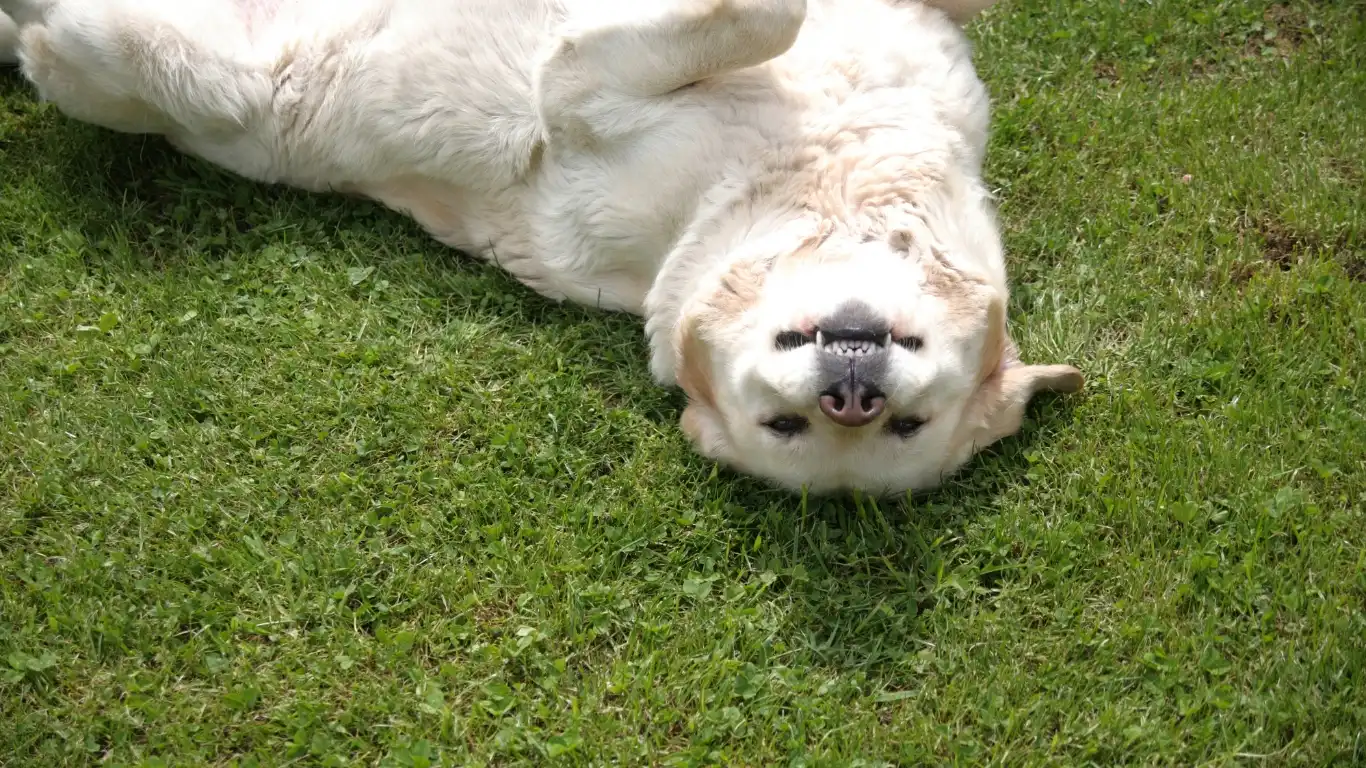
Before we dive into the solutions, let’s take a moment to understand why dog urine can smell so pungent. Urine naturally has a strong odor, but when dogs urinate inside, it’s often because the scent markers in their urine are left to settle on your floors and furniture. Dog urine has higher levels of ammonia and other compounds, which contribute to that offensive smell. It’s not just the urine itself—it’s also the bacteria that begin to grow when the urine is left untreated.
Another reason the smell can be so difficult to eliminate is that dog urine often soaks deep into porous materials like carpets, rugs, and furniture cushions. Over time, if not cleaned properly, these areas become “scent traps,” and the odor can linger for much longer than you’d like. So, how do we break the cycle? Let’s get into the good stuff—the best ways to get rid of dog urine smell in the house!
Start with the Right Cleaning Supplies
One of the first steps in eliminating dog urine odor is using the right cleaning products. This doesn’t mean just grabbing any old cleaner from your cupboard—it’s about finding something that can truly tackle the smell at its source. Here are my top picks:
Enzyme-Based Cleaners

When it comes to removing dog urine smell, enzyme-based cleaners are hands down the best option. These cleaners contain natural enzymes that break down the proteins in urine, effectively neutralizing the odor instead of just masking it. I recommend looking for cleaners specifically designed for pet stains, as they’ll be formulated to tackle the toughest odors.
Enzyme-based cleaners can be used on carpets, floors, and even furniture—just be sure to follow the instructions for best results. When I use them myself, I let the product sit for at least 10 minutes before blotting it up with a clean towel. This gives the enzymes time to do their magic.
Vinegar and Baking Soda
If you’re looking for a more natural, budget-friendly solution, vinegar and baking soda are two common household items that can work wonders. The vinegar helps neutralize odors, while baking soda acts as a deodorizer and can help lift the urine out of carpets and fabrics.
To use this method, mix equal parts white vinegar and water in a spray bottle, then spritz the area with the solution. Let it sit for 5-10 minutes, then sprinkle baking soda over the damp area. Let the baking soda sit for a few hours (or overnight, if possible), and then vacuum it up. This will not only neutralize the smell but also help remove any lingering moisture that could cause bacteria growth.
Act Quickly: The Sooner, the Better

As a veterinary technician, I’ve seen the importance of acting quickly when your dog has an accident. The longer dog urine sits, the more likely it is to penetrate into your flooring or furniture, making it harder to remove the odor completely. Ideally, you’ll want to clean up the mess as soon as it happens, but I know this isn’t always possible, especially if you’re not at home when the accident occurs.
If you find the accident later, try to clean the area as thoroughly as possible before the smell has a chance to set in. Use paper towels or a clean cloth to blot the urine—do not rub, as this can spread the stain and push the urine deeper into the material. After blotting, proceed with your cleaning method of choice (whether it’s an enzyme cleaner or vinegar and baking soda) and make sure to fully dry the area to prevent bacteria buildup.
Preventing Future Accidents: The Power of Training
Now, you might be wondering, “How do I prevent my dog from peeing in the house in the first place?” Well, training plays a huge role here! As someone who’s worked with a variety of dogs, I can’t stress enough how important it is to establish a consistent routine for your dog’s potty breaks. Here’s what I recommend:
- Frequent Potty Breaks: Especially for puppies, regular potty breaks are key. Aim to take your dog outside every 2-4 hours to give them plenty of opportunities to relieve themselves.
- Positive Reinforcement: When your dog pees outside, be sure to praise them and offer a treat. Positive reinforcement helps them associate going outside with good things, which makes them more likely to repeat the behavior.
- Crate Training: If your dog is having trouble holding it while you’re away, crate training can help. Most dogs naturally avoid urinating in their crate, which encourages them to hold their bladder until they’re let outside.
Remember, patience is key when it comes to training, but with consistency, your dog will start to get the hang of it!
How to Treat Existing Urine Stains and Odors

If you’ve already tried some of the cleaning methods mentioned earlier but the smell of dog urine still lingers, don’t worry—it’s not too late to save your home! When urine stains are old or have soaked deep into your carpet or upholstery, they can be trickier to tackle, but with a little extra effort, you can still get rid of that stubborn smell.
One option is to use a more specialized deep-cleaning product like a professional-grade pet odor eliminator. These products are designed to penetrate deeper layers of fabric or carpet to neutralize odors and stains. However, if you’re looking for something you can do at home without breaking the bank, I’ve found that a combination of heat and moisture works wonders. Here’s what I recommend:
Steam Cleaning: A Powerful Solution
Steam cleaning is one of the best ways to thoroughly clean carpets and upholstery, especially when you’re dealing with tough dog urine stains. The heat from the steam helps break down the stain molecules and bacteria, while also pulling out the moisture that can hold onto odors. I’ve personally used steam cleaning in my own home, and the difference it makes is pretty remarkable.
To steam clean your carpets or furniture, you’ll need a steam cleaner (they’re available for rent at most home improvement stores if you don’t own one). Simply follow the manufacturer’s instructions, and be sure to focus on the areas where your dog has had accidents. Afterward, let everything dry completely, as any remaining moisture could cause mold or bacteria to grow.
If you don’t have access to a steam cleaner, you can also use a steam mop on hardwood or tile floors. Steam mops are designed to heat water to a high temperature and sanitize surfaces as they clean, which can help eliminate lingering odors.
Dealing with Upholstered Furniture and Bedding
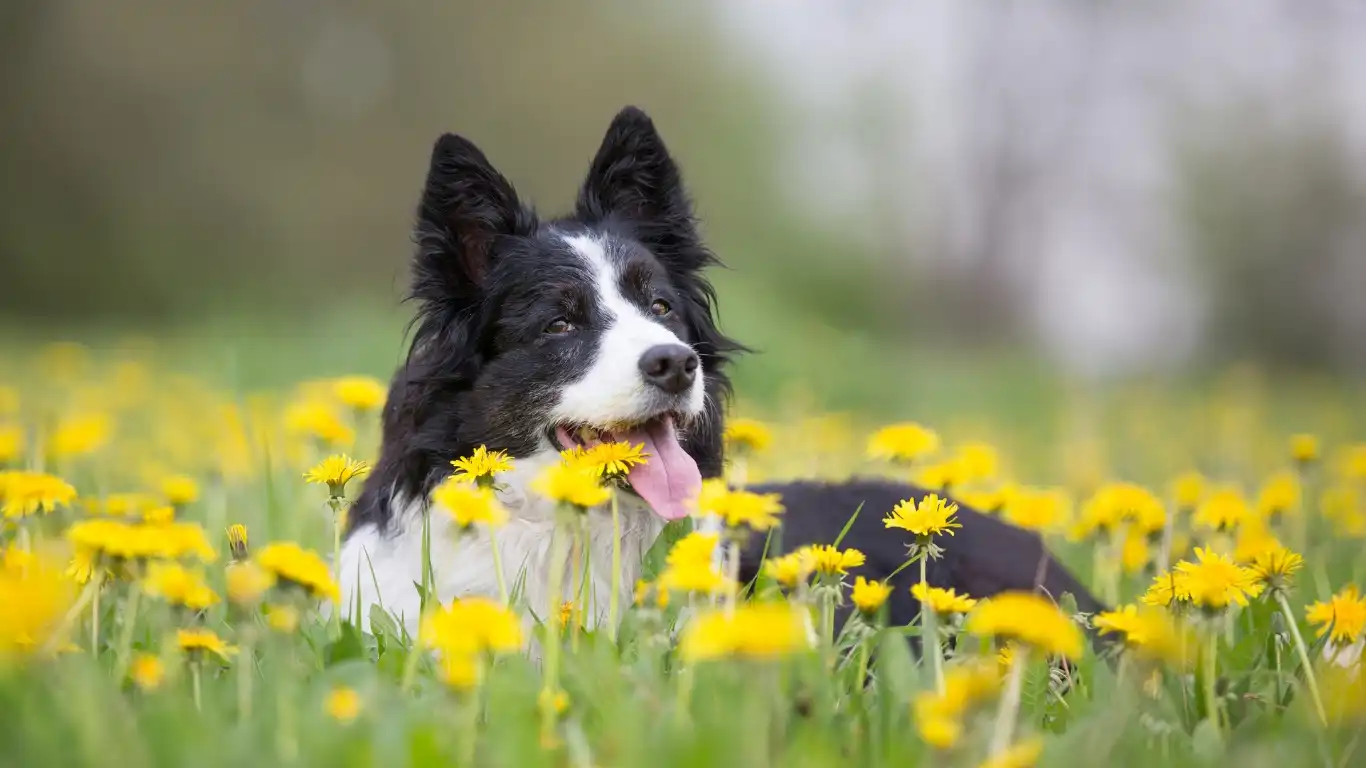
If your dog has had an accident on your couch or bedding, the smell can be even more difficult to remove since fabrics tend to hold onto odors. But don’t worry, there are still several methods you can try to freshen things up without having to toss your furniture or bedding out the window (no judgment if you’ve thought about it, though!).
For Sofas and Chairs
Start by blotting the area with a clean cloth to absorb as much of the urine as possible. Then, follow up with an enzyme-based cleaner, which works especially well for fabrics. I recommend testing the cleaner on a small, hidden area first to make sure it doesn’t damage the fabric. Once you’ve applied the cleaner, let it sit for the recommended time before blotting it up with a clean cloth.
If the odor is still present, sprinkle a generous amount of baking soda over the area and let it sit for several hours (or overnight, if possible). Vacuum up the baking soda the next day, and you should notice a significant reduction in odor. You might need to repeat this process a couple of times, especially if the smell is really embedded in the fabric.
For Bedding
When it comes to bedding, it’s important to act quickly. The sooner you wash the sheets or blankets, the better! If the urine stain is fresh, try to blot up as much of the liquid as possible before throwing the bedding in the wash. Use a mild detergent along with one cup of white vinegar to neutralize the odor. Some pet owners also recommend adding baking soda directly into the wash for an extra boost against odors.
For older stains, pre-soak the bedding in a vinegar-water solution for 30 minutes to help lift the stain and odor. After soaking, wash the bedding as usual. If the smell persists, you may want to repeat the process or try a specialized laundry detergent formulated to remove pet odors.
Natural Remedies That Work Like Magic
If you prefer natural solutions, I’ve got you covered! Over the years, I’ve found several all-natural remedies that are safe, effective, and easy to use. These methods won’t just mask the smell—they’ll neutralize it at the source. Here are a few I swear by:
Lemon and Water
Lemon is a natural deodorizer, and its acidity helps break down the compounds in dog urine. You can easily make a cleaning solution by mixing the juice of one lemon with a cup of water. Put it in a spray bottle, and mist the affected area. The fresh citrus scent will help eliminate the urine odor, and the acid will work to break down any lingering bacteria.
Essential Oils: A Fresh Scent Alternative
If you’re a fan of essential oils, they can be a great addition to your cleaning routine. Lavender, eucalyptus, and peppermint oils are especially good for neutralizing odors. Simply add a few drops to your cleaning solution (whether it’s vinegar or water) and use it to spritz the affected area.
Just a heads-up: Some dogs may be sensitive to certain essential oils, so be sure to test this method cautiously and use only pet-safe oils. When in doubt, always consult with your vet before introducing any new scents to your home.
Prevent Future Odors with Odor-Absorbing Materials
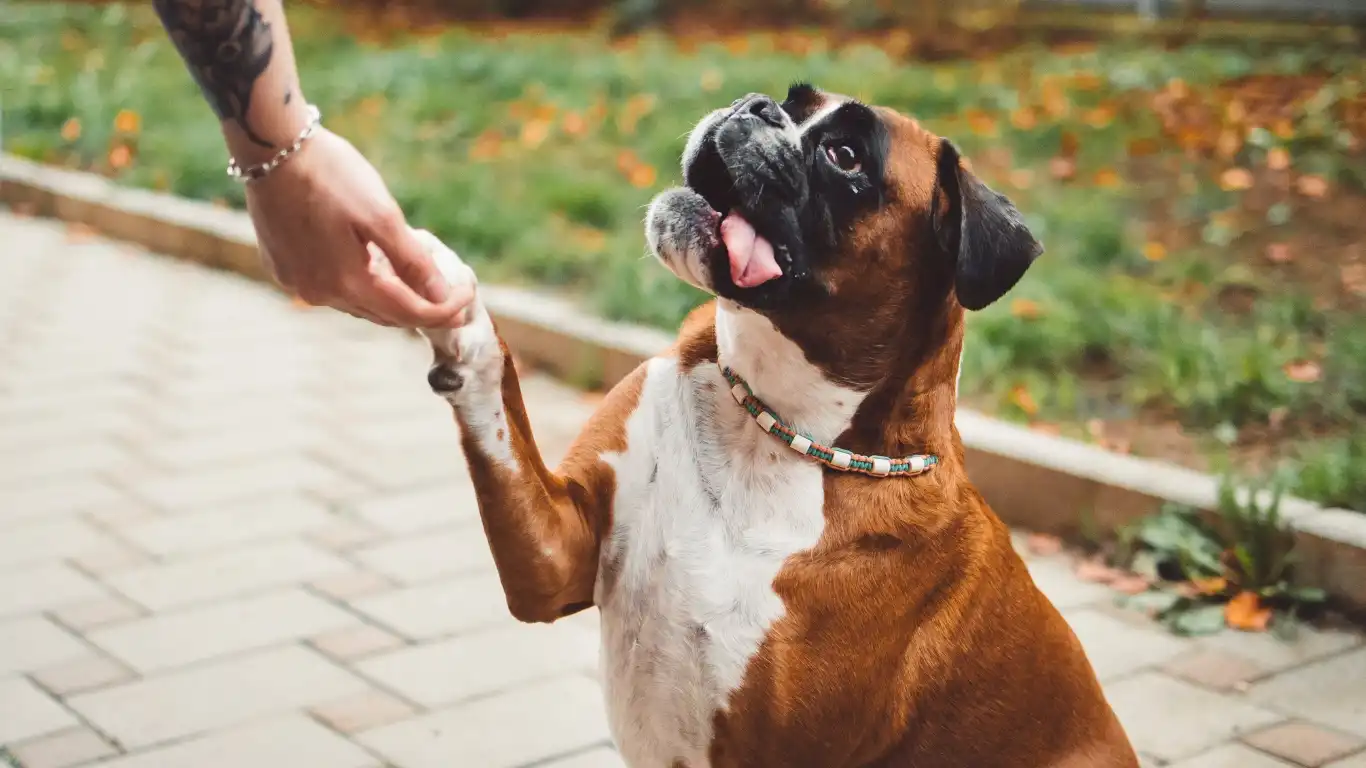
Sometimes, the best way to prevent dog urine odors from taking over your home is to be proactive with odor-absorbing materials. While cleaning the mess is the first step, incorporating materials that naturally absorb odors can be a game-changer in the long run.
Activated Charcoal
Activated charcoal is a powerful odor-absorbing material that can be placed in areas where your dog frequently urinates. You can buy activated charcoal bags or even create your own by placing charcoal in breathable fabric pouches. Hang these in problem areas, like near your dog’s crate or where they tend to have accidents, and let the charcoal absorb the odors.
Air Purifiers with HEPA Filters
Another great option is to invest in an air purifier with a HEPA filter. Not only will it help freshen the air, but it will also trap airborne bacteria, allergens, and odor molecules. I’ve found that air purifiers can make a huge difference in improving air quality in homes with pets, and they’re especially useful in homes with multiple dogs or those who are prone to accidents.
When to Call a Professional

While most pet owners can manage dog urine smell and stains at home with the methods we’ve discussed, there are times when it’s best to bring in the professionals. As a veterinary technician, I’ve worked with many families who’ve found themselves in situations where the usual cleaning methods just weren’t cutting it. Whether the odor is deeply embedded in carpets or if your pet is repeatedly having accidents, a professional cleaner can offer a more comprehensive solution.
Professional cleaning services, especially those that specialize in pet stains and odors, have industrial-strength equipment and cleaning products that can remove even the toughest smells. They’ll use specialized machines to deep-clean carpets, upholstery, and even flooring, ensuring that the entire area is sanitized and odor-free. Additionally, many of these services can apply a protective treatment afterward to help repel future accidents.
If you find that your dog is consistently marking the same spot or urinating in certain areas of your home, a professional may also be able to offer advice on how to resolve the behavior. For example, they might suggest additional training or environmental changes that can make your home less appealing to your dog as a bathroom spot.
When to Seek Veterinary Advice
Sometimes, persistent accidents or a strong urine odor can be a sign of a deeper issue. As a veterinary technician, I always tell pet owners to pay close attention to their dog’s behavior. If your dog is urinating in the house more often than usual or seems to be having trouble holding it in, there could be an underlying health condition that requires attention. This is especially true for older dogs, who might experience incontinence or urinary tract infections (UTIs).
In such cases, it’s important to consult with your vet. They can perform tests to rule out medical issues such as:
- Urinary Tract Infections (UTIs): UTIs can cause frequent urination and accidents, along with a strong, sometimes foul odor.
- Bladder Stones: These can make it painful for your dog to urinate, leading to accidents in the house.
- Incontinence: As dogs age, they may lose control over their bladder muscles, leading to unintentional urination.
- Diabetes or Kidney Disease: Both can lead to increased urination and odor, as the body attempts to rid itself of excess sugar or toxins.
Getting to the root of the problem is crucial not just for your home’s cleanliness but also for your dog’s health. Don’t hesitate to seek veterinary help if you’re concerned about your dog’s bathroom habits.
Keep Your Home Fresh with Preventive Measures

Now that you have the tools to deal with dog urine smell and stains, it’s time to talk about prevention. After all, nobody wants to keep dealing with the same issue repeatedly! There are a few simple habits you can incorporate into your routine to help prevent future accidents and keep your home smelling fresh.
1. Regular Bathroom Breaks
One of the easiest ways to prevent accidents is by sticking to a regular schedule for bathroom breaks. Dogs thrive on routine, and by offering consistent opportunities to relieve themselves, you can avoid those “uh-oh” moments inside the house. I recommend taking your dog outside at least three times a day, especially after meals and naps. If you have a puppy or senior dog, they may need more frequent breaks. Setting an alarm or adding it to your calendar can help you stay consistent.
2. Use Training Pads Wisely
If your dog is still learning where to go, training pads can be a helpful tool. But, keep in mind that they should be used as a short-term solution, not a permanent one. Over time, dogs can start to associate training pads with their “bathroom spot” inside the house. I recommend gradually transitioning your dog from the pad to the outdoors as soon as they’re ready.
3. Encourage Proper Bathroom Behavior
Positive reinforcement goes a long way. Every time your dog relieves themselves outside, offer praise and a small treat. Over time, they’ll begin to associate going outdoors with rewards, and it will become second nature to them. If your dog has an accident indoors, avoid punishment—this can confuse them. Instead, calmly clean up the mess and focus on reinforcing positive outdoor behaviors.
4. Keep the Indoor Environment Clean
Even after you’ve thoroughly cleaned up the initial accidents, it’s important to keep your home clean and odor-free. This means regular vacuuming, using air purifiers, and occasionally washing fabrics or bedding your dog frequently uses. A clean home is less likely to attract your dog back to the same spot for another accident.
Additional Resources
If you’re looking for more tips on pet care, behavior training, or odor management, there are some great resources out there that can help guide you. Websites like PetMD offer a wealth of information on how to care for your dog, while the American Kennel Club (AKC) provides valuable insights into dog training and behavior. For those of you concerned about your dog’s health, you can find research-backed information on pet health at trusted sites like NIH.
Disclaimer
The content in this article is for informational purposes only and should not be considered medical advice. Always consult your veterinarian for health-related concerns regarding your pet, particularly if you notice any unusual or persistent behaviors such as frequent accidents or strong-smelling urine. If you choose to use cleaning products or methods mentioned here, always follow the manufacturer’s instructions and ensure that the products are safe for use around pets.
